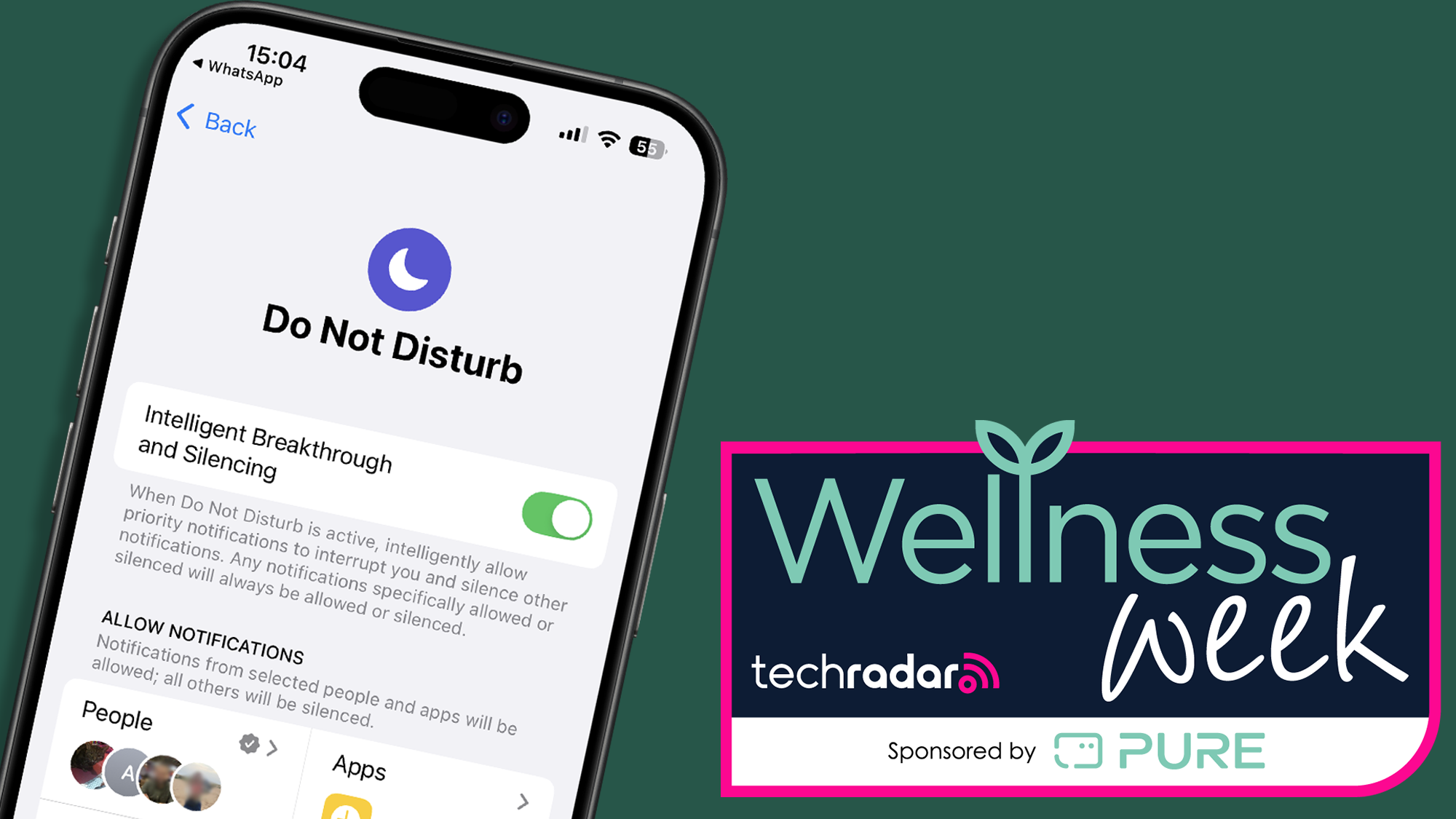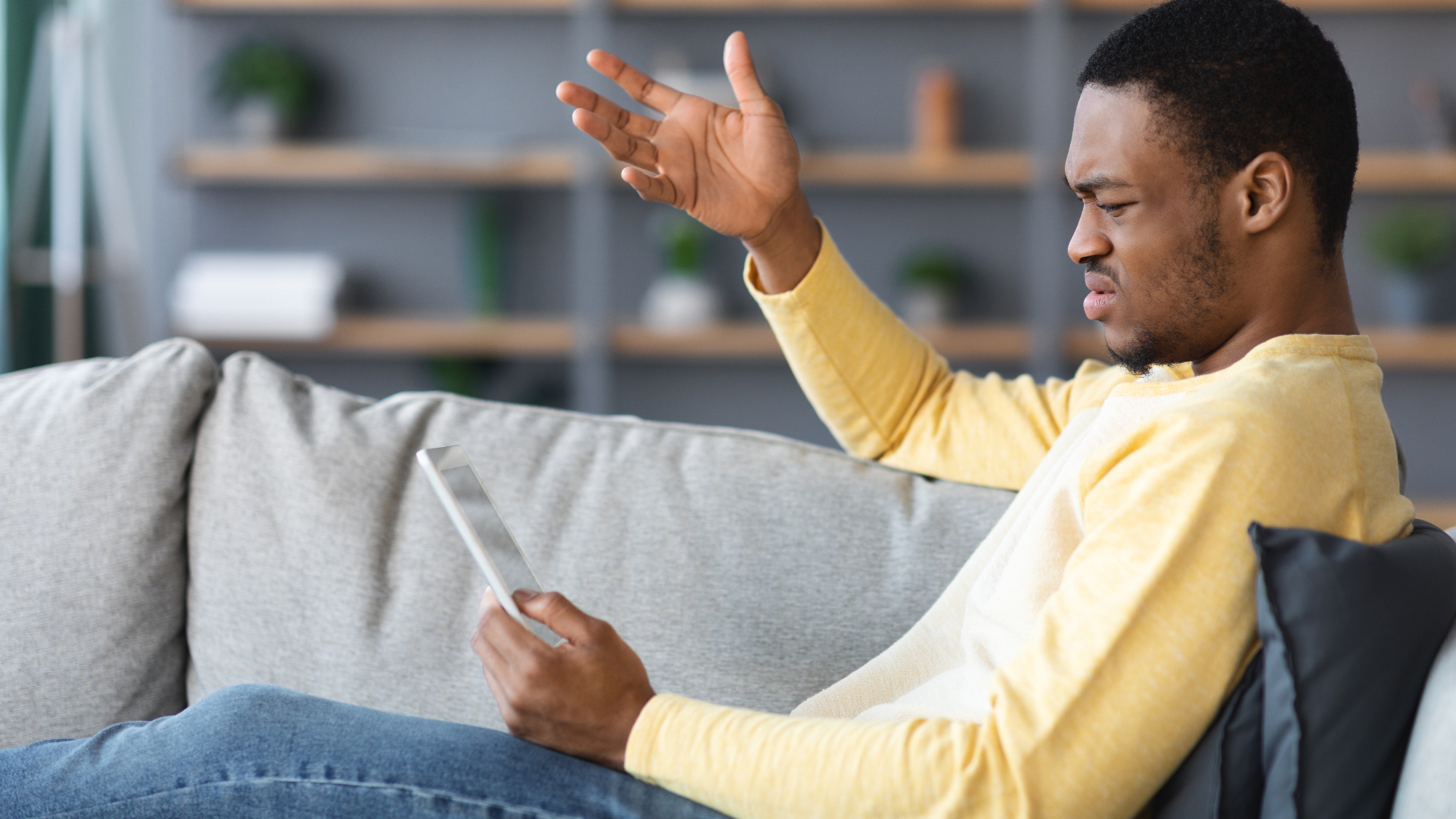Can't stop scrolling? I've set up three native iOS features on my iPhone to curb my doomscrolling, and two years later my screen time has almost halved
Keep scrollin' scrollin' scrollin' scrollin' (what)

I love my phone. Nope, that's a lie, I kind of hate it, but I certainly latch onto it like a lovestruck teen despite my growing resentment. I'm not alone; it’s a kind of dependency increasingly noticeable among us all, but especially Gen Z and Millennials who grew up with tech at their fingertips.
Sure, our phones have offered far greater connectivity, unlimited entertainment and access to information – though the jury's out on how well that last one is going for us in the age of misinformation – but two years ago, I realised my phone usage was becoming detrimental to my mental and physical health. Now, I've almost halved my daily screen time from an average of 10 hours (don't judge me) to just six (I use it for work, too, okay?).
The effect of the dopamine delivery offered by phones, apps and social media is under constant discussion in academic and scientific fields, too. Then consider the potential impact of blue light from screens on your sleep cycles, how constant availability might create isolation and anxiety, plus a plethora of other theories currently under observation, and phones start to look like a giant question mark when it comes to health and wellness. Little clear evidence exists, but anecdotally, I've seen enough (and paid for the therapy to boot) to show me that I, at least, need to touch grass.
Thankfully, it's something manufacturers like Apple, Google, and Samsung have become keenly aware of in recent years, adding useful features to some of the best phones to help monitor and reduce screen time. These are the three iOS features I use, but I've also given a nod to where alternatives exist on other leading flagships.

Stop, don't talk to me
Let's get the obvious out of the way: Do Not Disturb. Sometimes, putting your phone on silent just doesn't cut it; the flashing of your homescreen as notifications pile up can still be distracting and anxiety-inducing, and if you need some downtime, that kind of disruption will be detrimental.
We've got a guide for how to use iPhone’s Do Not Disturb mode, but I'd highly recommend feeling out the various settings for yourself, regardless. You can schedule Do Not Disturb sessions, set up exemptions for specific people and apps, opt to hide notification badges, dim your homescreen during sessions, and even customize your Lock and Home screen to a more neutral, less distracting setup should you wish.
It's also seen an Apple Intelligence-fueled upgrade in recent months that's made it even more effective at reducing screen time. Intelligent Breakthrough and Silencing will make decisions on which notifications are a priority (though any preferences you've set up for apps and contacts will be followed), and in my experience so far, it makes pretty good judgment calls.
Of course, Do Not Disturb is nothing revolutionary; Android phones and Samsung devices also offer very similar functionality.
Make things less fun

While Do Not Disturb bears the brunt of keeping me away from my phone, my greatest problem has always been putting it down, especially if I'm mid-rabbit hole. Screen limits, therefore, have been a godsend, restricting how long I can spend on my most-used apps.
Again, nothing new here; I remember my family computer having such functionality, which I of course managed to circumnavigate by secretly spying on my dad while he put the password in. Even as an adult, my impulse control is such that I don't know what's good for me, which is why I'm excited to see if iOS 18.5's new parental control Screen Time upgrade might help me to hold myself accountable when bypassing my limits.
The golden goose for me, however, has always been the one feature not technically designed to protect your mental wellbeing, but rather your physical health; namely, your eyesight.
Apple's Screen Distance notifications alert you when your phone is at an unsafe distance from your face, which I find mine often is while I'm doomscrolling, stopping you from using your handheld until it's further away. So, it's two birds with one stone; my eyes are spared unnecessary harm, and my focus is disturbed enough to ground myself in reality. More importantly, though, it's really, really annoying, and enough to make using my phone somewhat of a chore.
Unlike the other features mentioned, screen distance notifications aren't really a thing on Samsung or Android phones. However, there's an excellent feature within Bedtime Mode that automatically triggers a grayscale display filter as you wind down for sleep, which goes some of the way to make it less stimulating. The only way to trigger this on an iPhone, at the time of writing, is to set up a shortcut that triggers the grayscale accessibility feature.
Everyday it's getting better
Every time we see a major iOS update, there's usually at least a mention or update to health and wellness features, and the same goes across the board for software developers. It even spreads to manufacturing and phone design itself for some brands, like the Nothing Phone (3).
Nowadays, my relationship with my phone has changed significantly enough that I scarcely have to turn on some of these features, though Focus Modes and Do Not Disturb are a mainstay I doubt I'll ever stop using. However, should my doomscrolling ways make a repeat appearance, I'll know exactly where to go to reign it in.
You might also like...
Sign up for breaking news, reviews, opinion, top tech deals, and more.

Josephine Watson is TechRadar's Managing Editor - Lifestyle. Josephine is an award-winning journalist (PPA 30 under 30 2024), having previously written on a variety of topics, from pop culture to gaming and even the energy industry, joining TechRadar to support general site management. She is a smart home nerd, champion of TechRadar's sustainability efforts as well and an advocate for internet safety and education. She has used her position to fight for progressive approaches towards diversity and inclusion, mental health, and neurodiversity in corporate settings. Generally, you'll find her fiddling with her smart home setup, watching Disney movies, playing on her Switch, or rewatching the extended edition of Lord of the Rings... again.
